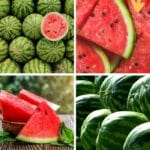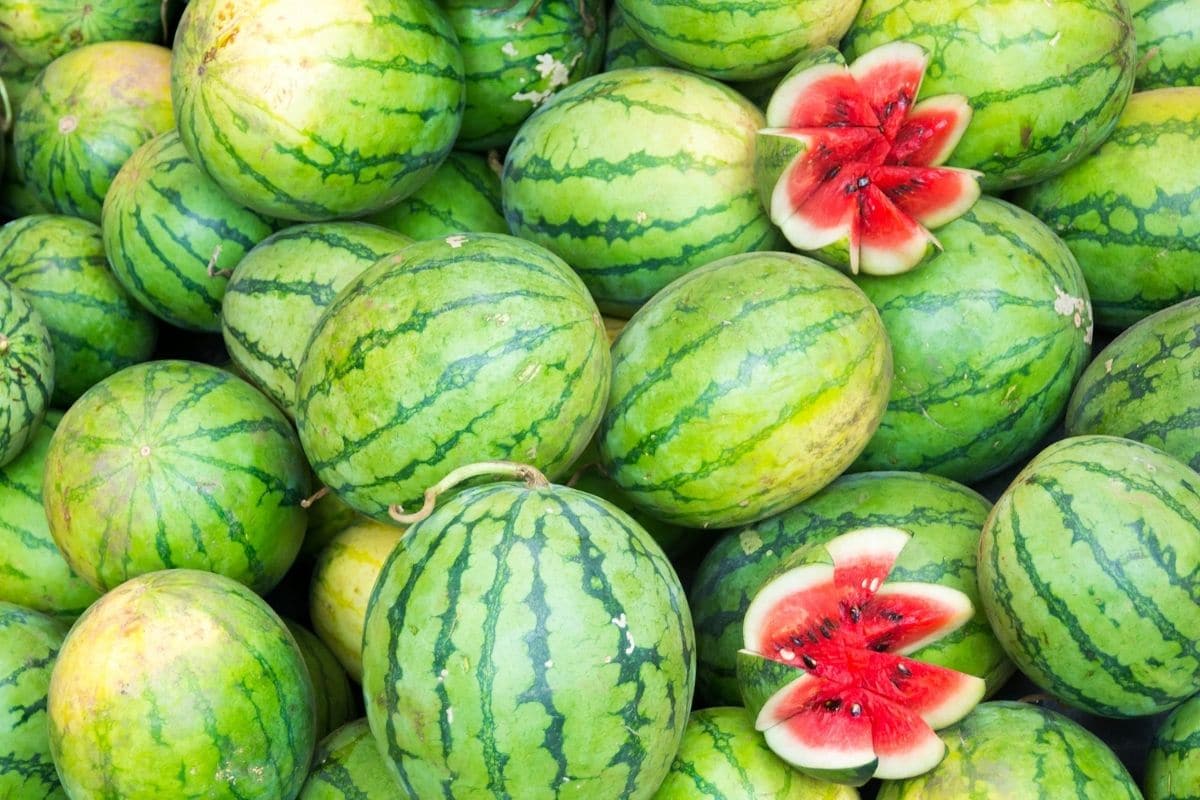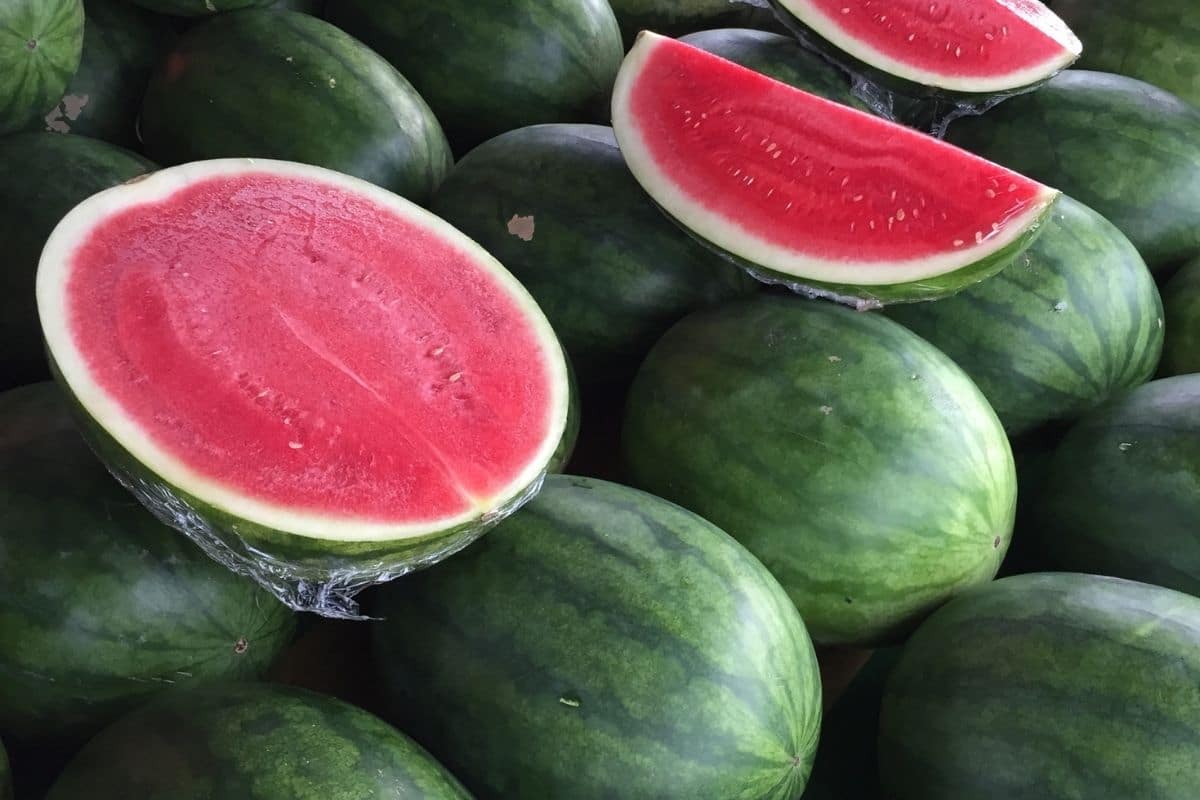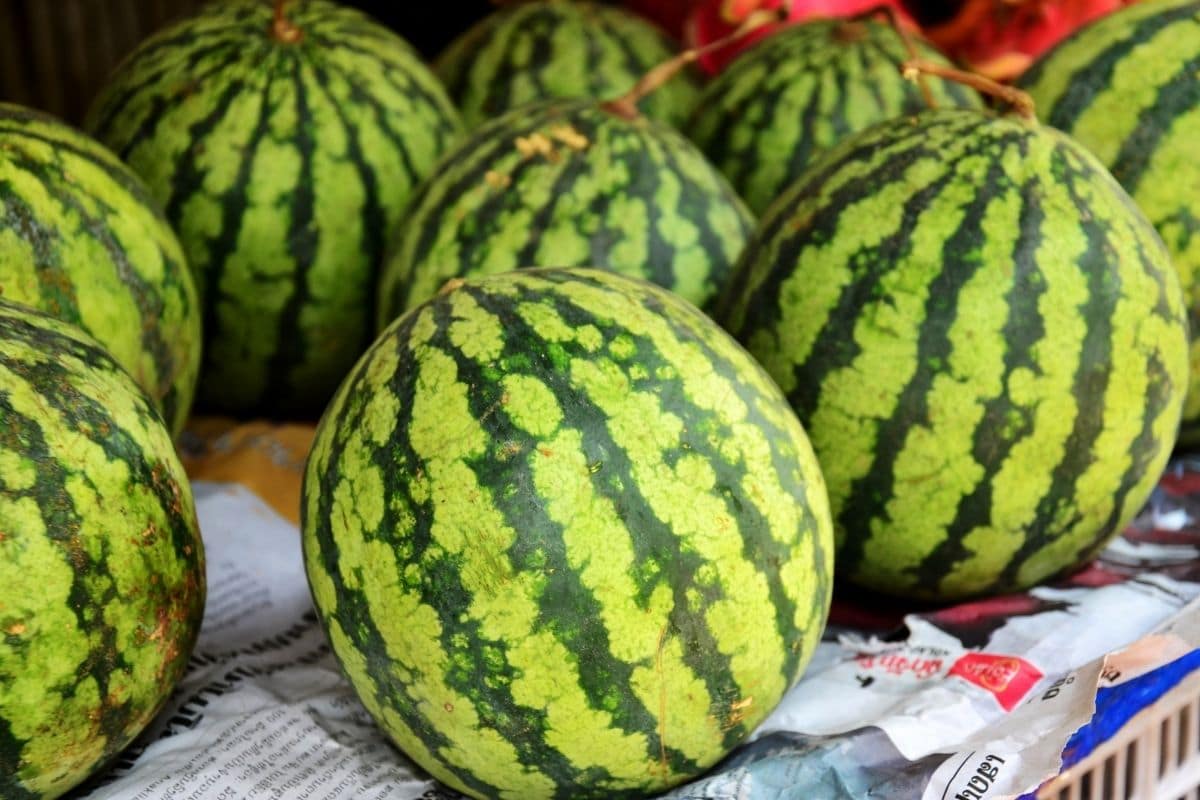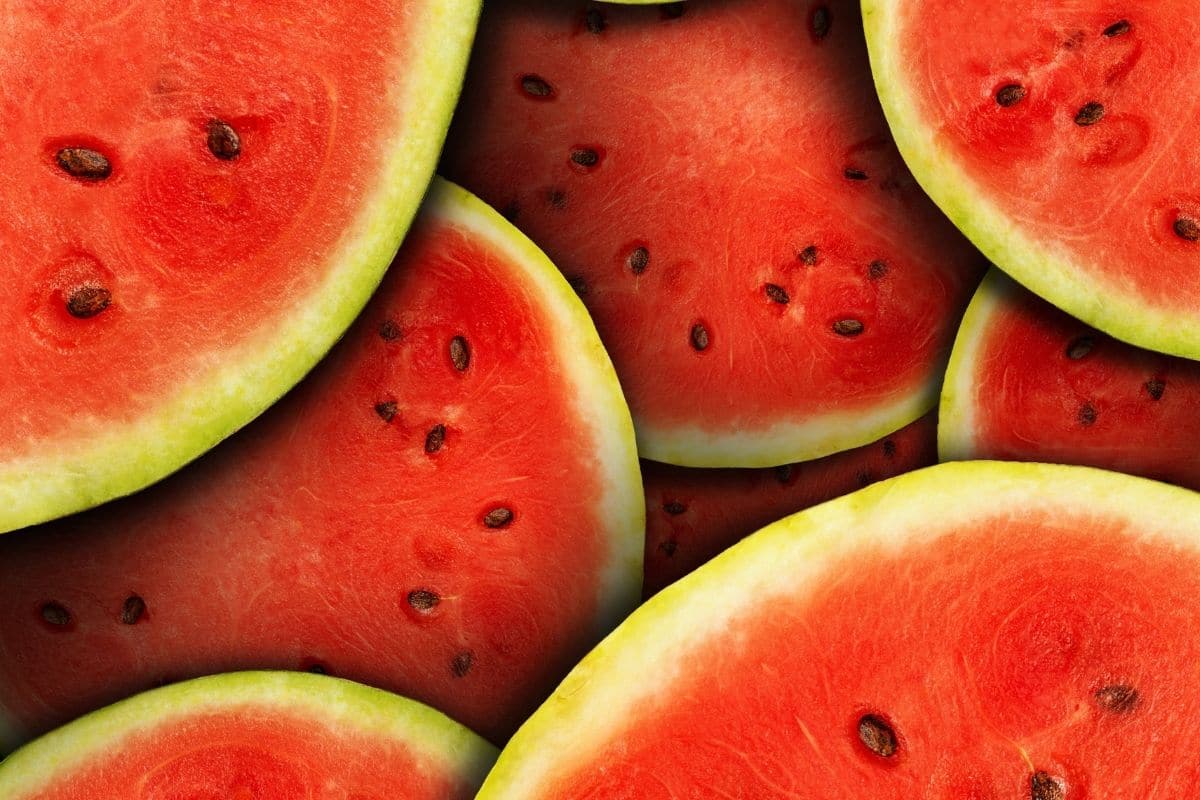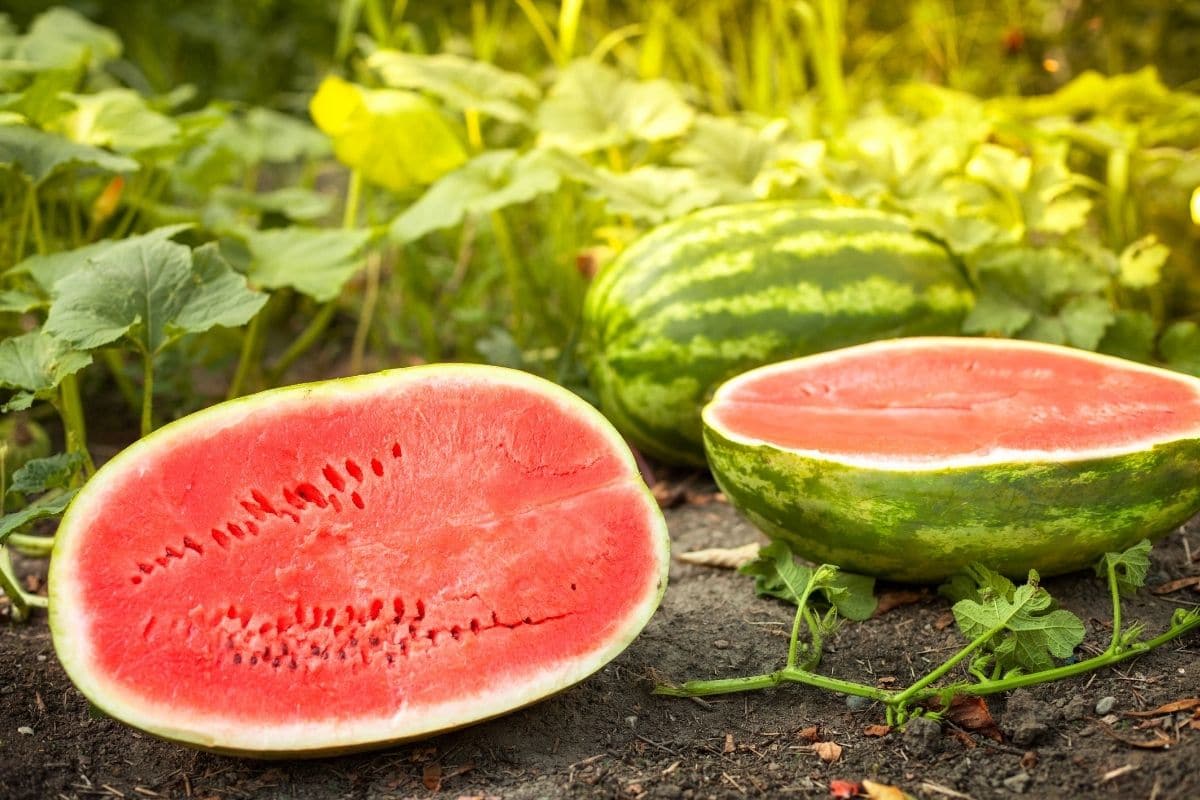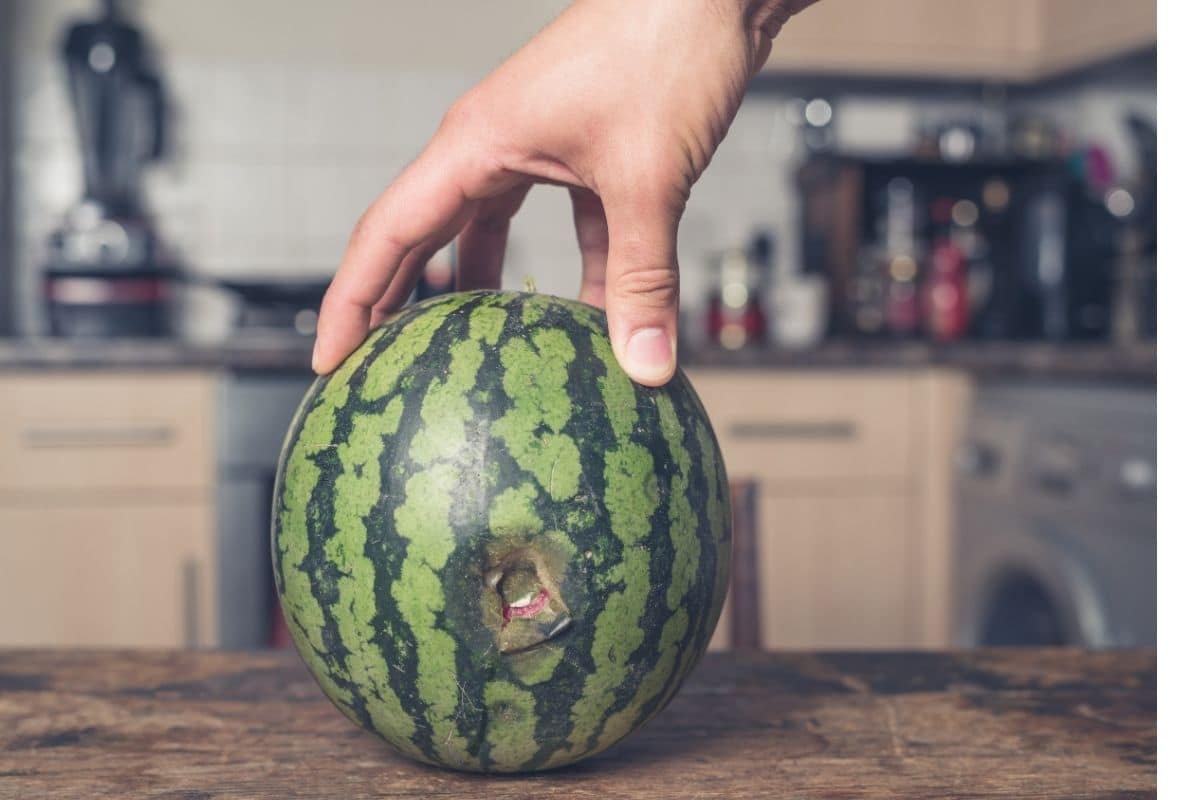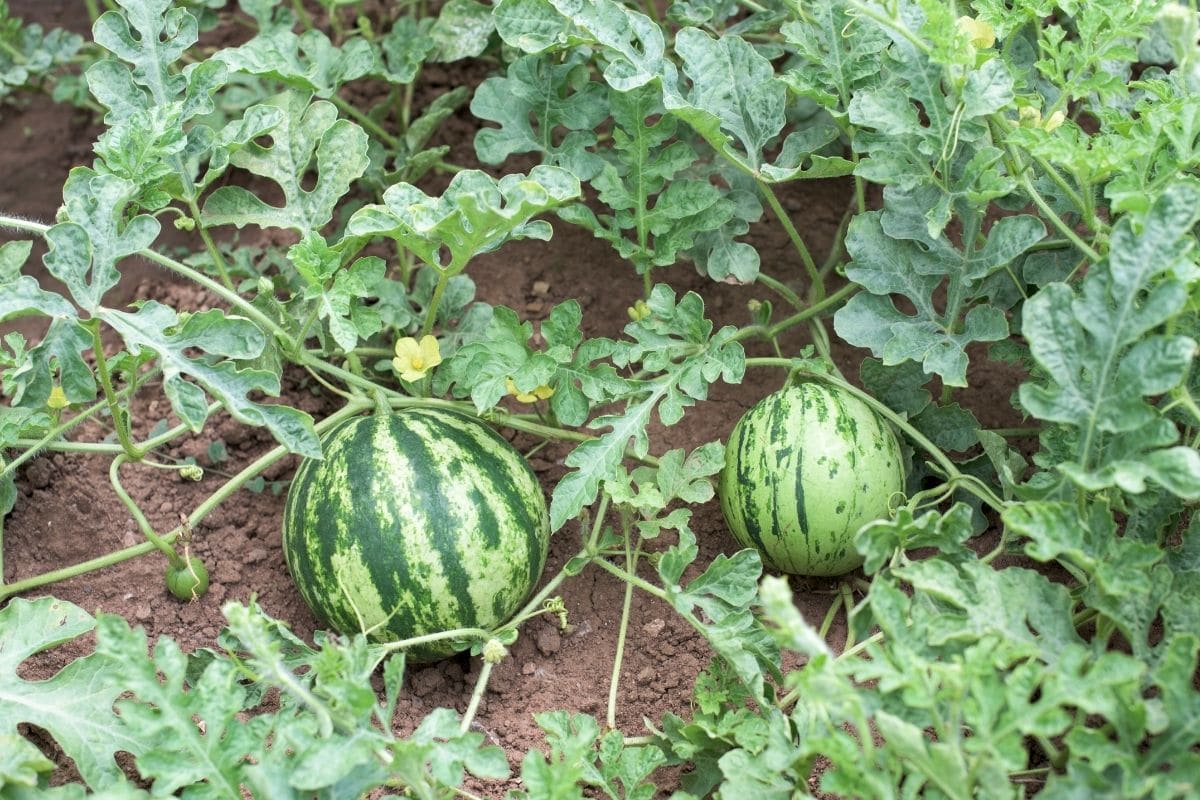[ad_1]
Nothing says summer like a ripe, juicy watermelon…
… But nothing spoils your afternoon faster than coming home with your grocery or watermelon to the farmer’s market just to find out it’s dry, bland, and otherwise.
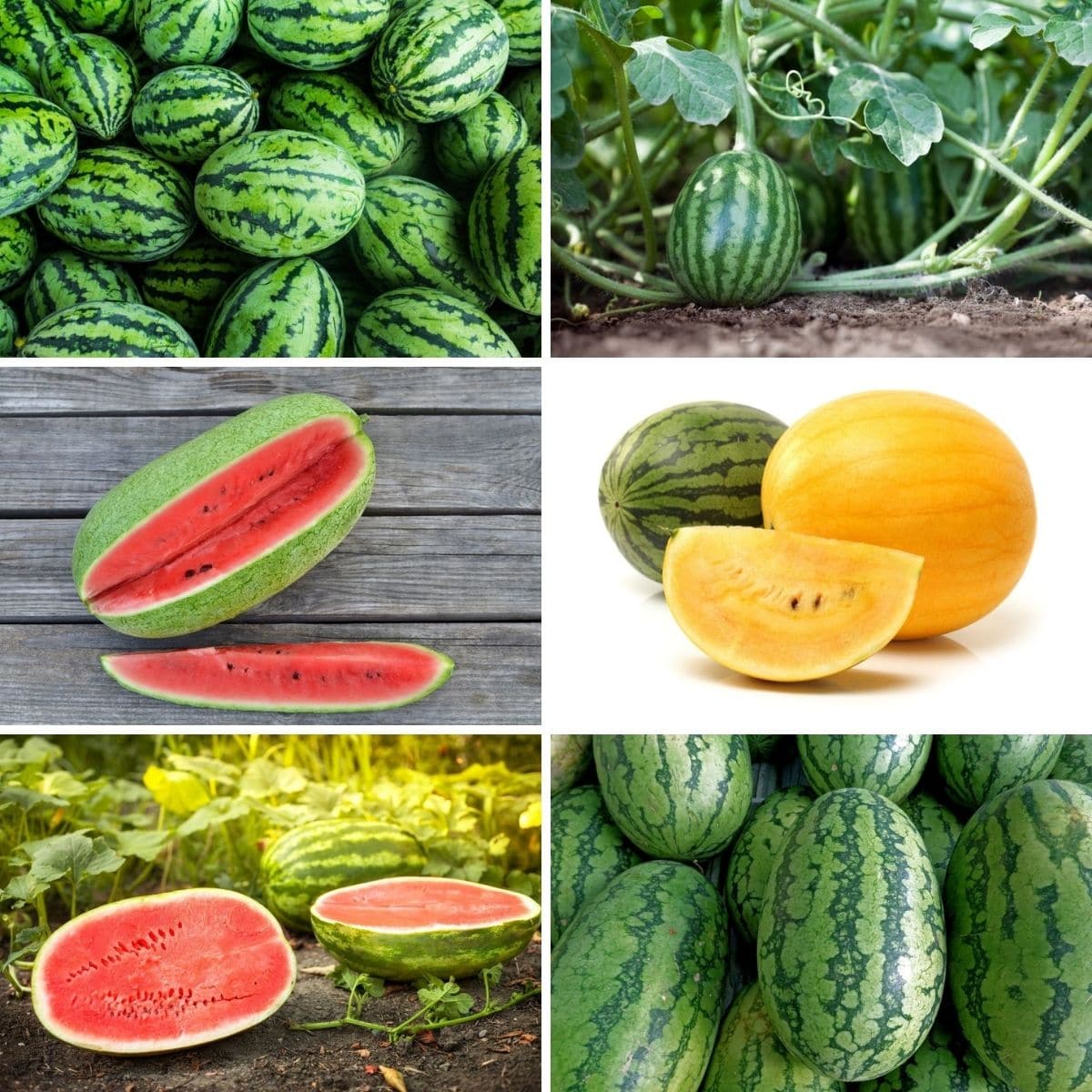
If you’ve spent more than five minutes thumping, clutching, pushing, checking, or questioning (mocking… a class!) Watermelons in the store, you might be wondering if there’s a quicker way to find many parts of the fruit.
After all, by following twelve simple tips, you can bring home the most delicious, picture perfect watermelon every hour. No need to speculate!
Maybe you followed all that best planting hacks and even followed our tips for making DIY organic fertilizer and construction of grown garden beds for cheap. But, sometimes, the harvest may not be as good as you would like. With watermelons, it’s not just about taking any melon and slicing it open. There are many factors that create a delicious melon, and knowing how to choose it will be even easier if you follow these tips!
1. Check Below
In fact, watermelons are not like other fruits and vegetables – such as tomatoes – that can continue to ripen once extracted from the grape. Once the melon is picked up from the field, that’s it.
Unfortunately, many farmers are in a hurry to get the watermelons on the market and pick them up soon. To avoid buying a watermelon unprepared, consider looking below. A ripe watermelon has a creamy patch with little fall. The larger and darker the patch, the better.
2. Give it a Heavy
Get your watermelon. As the name implies – and as you know – watermelons are mainly composed of – you guessed it – water. A watermelon that is light in its size, dry inside, means it is not tasty. A ripe watermelon that is good and juicy feels a bit heavy for its size.
This is a difficult step to check, especially if you are new to shopping for watermelons. You can combine several different watermelons to compare them enough. Once you choose the right one, you can use it in one of these wise way to serve watermelon. Very tasty!
3. What Color Is It?
This can be the easiest way to know when a watermelon is ripe, though it can never go unnoticed. Take a good look at your watermelon. A ripe watermelon may turn greenish green, while very light watermelons may indicate that they are not spending enough time on the vine. This can be different, of course, because some watermelon plants are lighter in color. Do your research!
However, most ripe watermelons have subjects that vary in color from dark and light.
If you grow your watermelon at home, you may want to choose from several different seed varieties. Some popular options are:
4. Bigger Is Not Always Better
Even if you want to pay attention to the weight of the watermelon, especially compared to others, keep in mind that too much is not always good. The best tasting watermelons are not behemoths but instead those are the ones with average size compared to the surroundings.
5. See Rind
Check the firmness of the skin. A ripe watermelon has a thick skin that will not give when it is pressed. Rinds that are easily digested are usually overripe but can also be slightly ripe.
To determine if the skin is suitable, use your thumbnail to make a small hole in the melon skin. When it’s ripe, you can’t make a launch.
6. Don’t Be Afraid of Some Webbing or Black Spots

Unlike other types of fruit and vegetables, small color patches or black areas are not a concern. In fact, if you can see the webbing on the outside of the watermelon membrane, that’s actually a sign that the watermelon is even more contaminated by bees. It may appear to be a watermelon with a much sweeter flavor.
Similarly, a watermelon with black dots is one that has sugar absorbing – not rot or insect damage. This is a good looking sign!
7. Check its Size and Shape
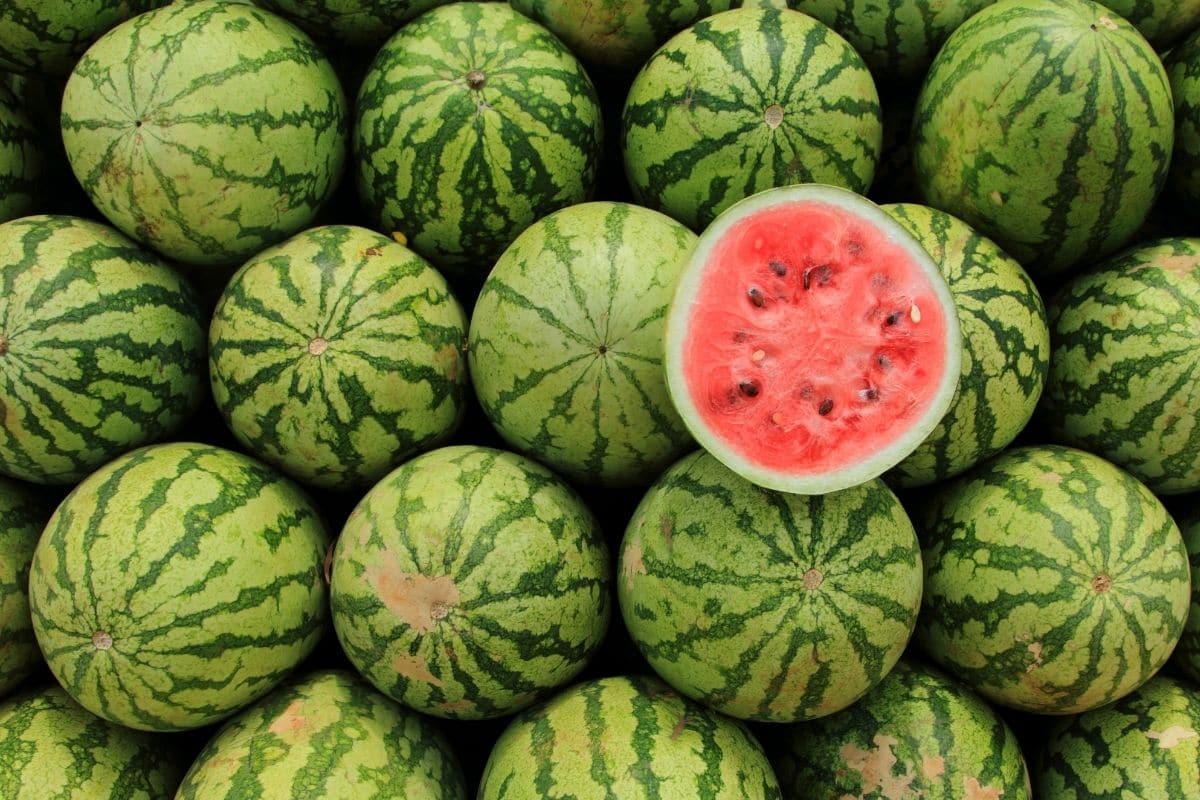
Of course, most watermelons are round, but believe it or not, watermelons are not always the same and round.
Find one that is as symmetrical as possible. If your watermelon is filled with lumps, lumps, indentation, or stains, there is a good chance that it has not received enough water, sun, or nutrients to grow and ripen well.
Once you choose the right watermelon, check it out tips for making watermelon a basket!
8. Trampling the Tree
Does your watermelon have a stick? If so, you want to pass and choose another one. If a watermelon has a stick attached, it means it is not easily extracted from the grape. Therefore, it is not a ripe harvest when harvested. Instead of a stem, your watermelon has a small indent where its stem naturally falls, all on its own.
9. Avoid Glare

While a shiny watermelon may look great, the unfortunate reality is that shiny watermelons are those that are not yet ripe. Skip it and keep moving.
10. Should I Knock?
Knocking. Who’s in Maybe not your watermelon.
There is a common tale of old wives that tapping watermelons will tell you when a watermelon is ripe. Even if you can hold the watermelon and give it a strong knock to feel the vibrations (when ripe), it won’t always work.
Ripe watermelons, in theory, have deep, hollow sounds, meaning they are filled with juice, while unripe or overripe watermelons will sound.
The theory behind this approach is solid, but unfortunately, not always entirely correct. However, you better try the tips above, as these are the most accurate ways to determine the ripeness of a piece of fruit.
11. See the Signs of a Broken Melon
Usually, grocery stores and farmers markets pull out damaged watermelons before they get to this point – you don’t have to do it yourself in any way.
However, if you have brought your watermelon home and are worried about whether it is still good to eat, you can check out some known signs.
For example, does the watermelon have any shades of black color? Has the flesh been soaked in water? Similar to this it has been shown that watermelon may have some form of fungal infestation.
Similarly, there are clusters of target -like stains that can be seen on a watermelon. It is often shown that a virus has affected the melon.
Another common disease suffered by watermelons is the breakdown of skin worms. It will look like irregular brown or white patterns on the skins and can cause feeding on insects.
However, if your watermelon smells sour or foul in any way, it is a strong sign that your watermelon is starting to thrive. You might want to throw it away instead of taking a moment and eat it-even if it might not taste good, anyway.
12. Buying Time
The best tip for choosing a ripe watermelon? Buy when it’s time. Even if you like to eat watermelon all year round, this fruit is at its peak between May and September. Pick fruit at this time of year, and you’re almost sure to have a tasty pick, one at a time.
Instead consider Growing Your Own Watermelon
Of course, the best way to know when a watermelon is ripe is to peek at its juicy red flesh. But that’s not possible, of course, if you buy it at the grocery store or farmer’s market!
Another quick way to know if your watermelons were harvested at the right time? Harvest yourself!
Once summer has begun, it may be too late for you to start growing your own juicy watermelon plant for this year.
However, it may be wise to plan ahead and plant your own watermelon for next year. Growing watermelon is easy as long as there is a sunny area in the garden that can maintain good water. Why not pick some seeds and try them for yourself?
[ad_2]
Source link



